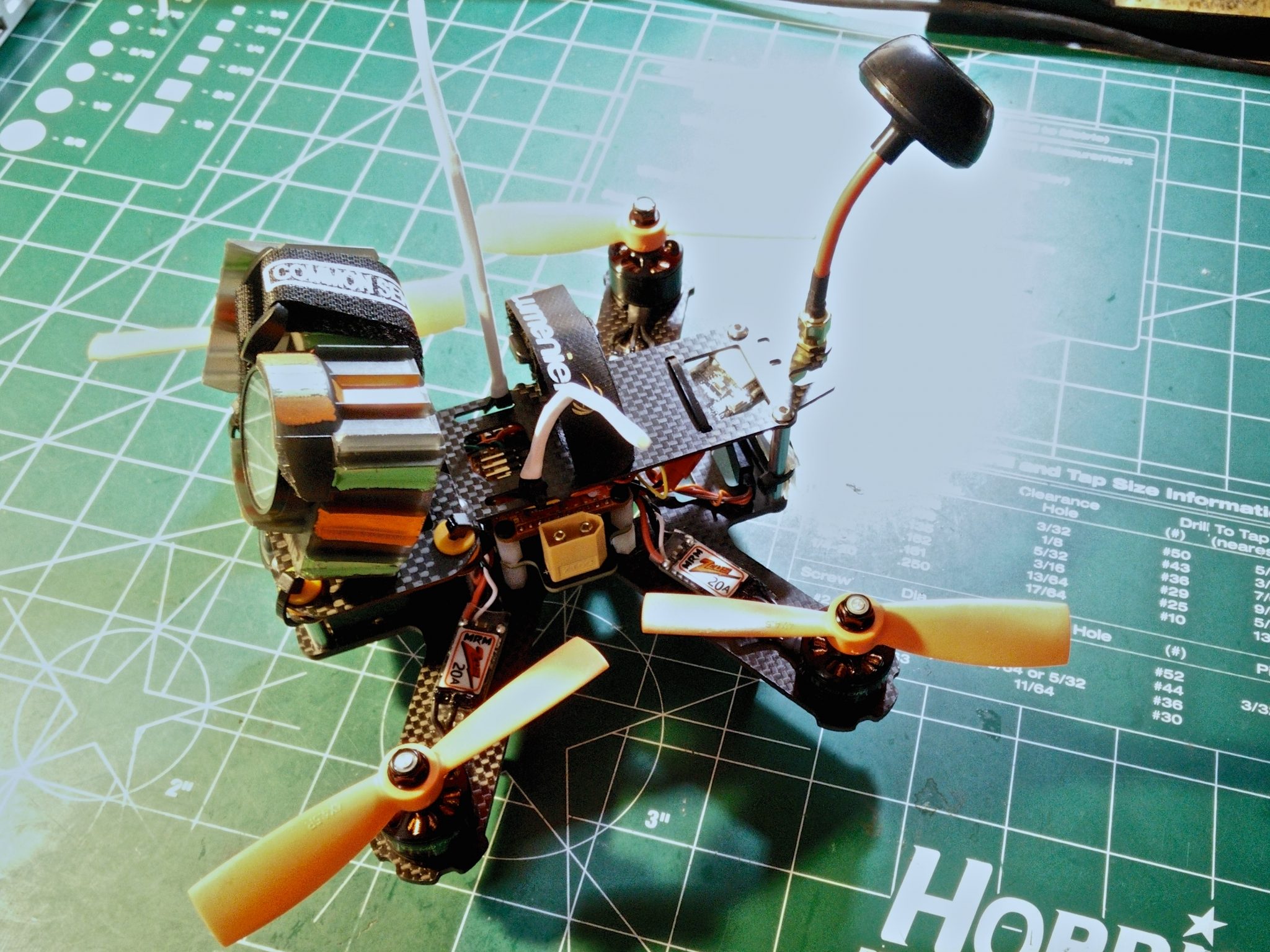

That means you should concentrate on finding a spot closer to a point where UAV is unable to keep attitude that to the point where wobble appears

Center of gravity should be as close as possible to point of thrust. Higher I-gain, due to bigger (sometimes huge) inertia of both body and propellers will result in overshooting, wobbles and oscillations. Their main purpose to to be stable in hover or cruise and do not wobble on descend. Multirotors like these are not designed for acrobatics, or aggressive flying. General rule for I-gain tuning for smooth flying on bigger machines (8" or bigger propellers, > 1kg) is to keep I as low as possible.

#Yaw pterm cut how to#
How to tune I-term for smooth flying, aerial photography style
#Yaw pterm cut manual#
There are two methods of manual I-gain tuning: usually, due to weight distribution, pitch axis requires more I-gain than roll axis.better UAV balance (center of thrust close to center of gravity) results in lower required I-gain.gentle, smooth flying for aerial photography requires much lower I-gain than aggressive acrobatic flight.too much I-term will introduce overshot, visible low frequency oscillations, wobble on descend.UAV will bank on its own, be sensitive to wind too low I-term causes multirotor unable to keep desired attitude.What is more important, it also determines how fast I-term would change! bigger I-gain not only means that correction will be stronger.I-term should should react fast in special conditions like upside-down phase of rolls and flips.I-term should not be affected by short events like few degrees attitude correction.I-term is responsible for correcting long time error accumulated in the past: non-even thrust from motors, wind, etc.tuned I-term will probably not change during P and D tuningīefore we proceed, a reminder of what I-term is used for and short characteristic of it:.it is simpler to tune I than P if proper method is used.tuned I-term will not affect much more important Pterm tuning.Why? Probably because it's simpler to get UAV in flyable state. Most PID tuning tutorials suggests to start with P tuning and then move to I. There are many sources: Wikipedia, my "What is PID controller article", great video from Bruce and many many others. Yes, I will show few examples how given scenarios looks on Blackbox logs, but all steps will be doable without Blackbox.īefore we proceed, you much understand how PID controller works and what Kp aka. Let's call it a continuation of Blackbox series, but this time I will not relay only on Blackbox data.
#Yaw pterm cut series#
With this entry I want to initiate short series of articles showing how to tune multirotor / quadcopter PID controller.


 0 kommentar(er)
0 kommentar(er)
